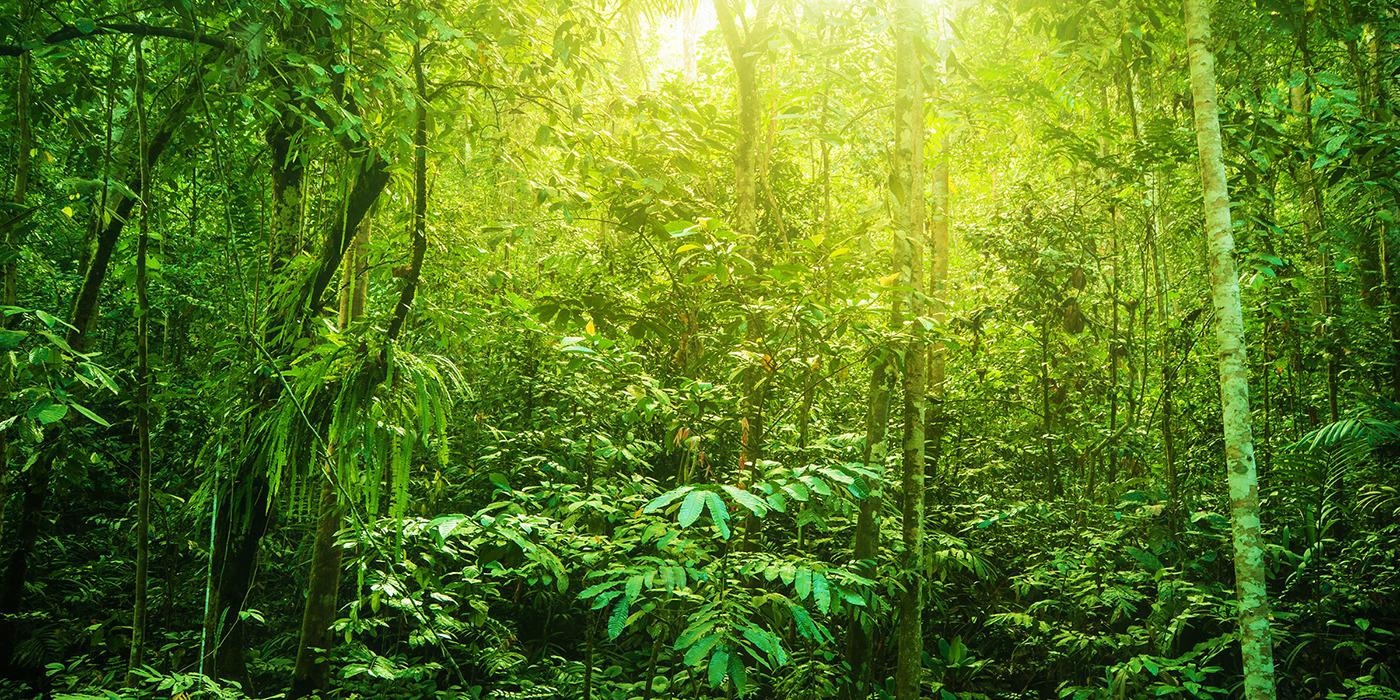According to a study performed by a climate scientist at Washington University in St. Louis, records obtained from past plant life tell the real story of global temperatures.

Image Credit: Shutterstock.
According to new model simulations, warmer temperatures brought plants — and further came highly warmer temperatures.
The study was reported on April 15th, 2022, in the Science Advances journal.
Alexander Thompson, a postdoctoral research associate in earth and planetary sciences in Arts & Sciences, gave an update on the simulations obtained from a significant climate model. This helps reflect the role of altering vegetation as the main driver of global temperatures over the past 1000 decades.
Thompson was disturbed for a long time by an issue with models of Earth’s atmospheric temperatures from the last ice age. Several of these simulations displayed temperatures warming constantly over time.
However, a different story has been told by the climate proxy records. Several sources denote a marked peak in global temperatures that took place between 6,000 and 9,000 years ago.
Thompson had a feeling that the models could potentially be ignoring the major role that variations in vegetation in favor of impacts from ice cover or atmospheric carbon dioxide concentrations.
Pollen records suggest a large expansion of vegetation during that time. But previous models only show a limited amount of vegetation growth. So, even though some of these other simulations have included dynamic vegetation, it wasn’t nearly enough of a vegetation shift to account for what the pollen records suggest.
Alexander Thompson, Postdoctoral Research Associate, Earth and Planetary Sciences in Arts & Sciences, Washington University in St. Louis
The alterations happening to the vegetative cover were substantial.
Earlier in the Holocene, the present geological epoch, the Sahara Desert in Africa, grew greener compared to what is at present — it was more of a grassland. Also, the other Northern Hemisphere vegetation inclusive of the deciduous and coniferous forests in the mid-latitudes and the Arctic flourished.
With the help of a climate model called the Community Earth System Model (CESM), Thompson gathered proof from pollen records and developed a set of experiments. This model is considered to be the best-regarded model in a far-reaching class of such models. He ran simulations to consider a range of alterations in vegetation that had not previously been taken into account.
Expanded vegetation during the Holocene warmed the globe by as much as 1.5 degrees Fahrenheit. Our new simulations align closely with paleoclimate proxies. So this is exciting that we can point to Northern Hemisphere vegetation as one potential factor that allows us to resolve the controversial Holocene temperature conundrum.
Alexander Thompson, Postdoctoral Research Associate, Earth and Planetary Sciences in Arts & Sciences, Washington University in St. Louis
Gaining better insights into the scale and timing of temperature change across the Holocene seems to be significant since it is considered a period of recent history, geologically speaking. During this time, the increase in human agriculture and civilization began, and so many historians and scientists from various disciplines showed interest in comprehending how early and mid-Holocene climates varied from the present day.
This research work was performed by Thompson when he was a graduate student at the University of Michigan. His research is being continued in the laboratory of climate scientist Bronwen Konecky at Washington University.
Overall, our study emphasizes that accounting for vegetation change is critical. Projections for future climate change are more likely to produce more trustworthy predictions if they include changes in vegetation.
Alexander Thompson, Postdoctoral Research Associate, Earth and Planetary Sciences in Arts & Sciences, Washington University in St. Louis
Journal Reference:
Thompson, A. J., et al. (2022) Northern Hemisphere vegetation change drives a Holocene thermal maximum. Science Advances. doi.org/10.1126/sciadv.abj6535.